Arabic and Persian Inscriptions of Bengal
Architectural inscriptions are a fascinating aspect of cultural heritage of Bengal because of their rich and diverse historical content and artistic merit. Arabic and Persian epigraphs help us understand the advent of Islam in Bengal and its gradual diffusion, which eventually transformed the region into a Muslim majority area, making Bengali Muslims the second largest linguistic group in the Islamic world. This book is an interpretive study of the Arabic and Persian inscriptions of medieval Bengal in the wider context of a rich epigraphic tradition of Bengal. While focusing on previously untapped sources, it takes a fresh look into these inscriptions and examines the inner dynamics of the social, intellectual and religious transformations of Bengal. Thus it explores many unique dimensions of Arabic and Persian inscriptions of Bengal. In addition to deciphering and editing the epigraphic texts, the information derived from them has been analysed to construct the political, administrative and cultural scenario of the period. This book also examines many newly discovered epigraphs not noticed previously. The first complete survey of the Arabic and Persian inscriptions in Bengal ever to be attempted on this outstanding scale, the book reveals the significance of epigraphy as a source for history and culture of medieval Bengal. While the book will generate immense interest for scholars in various fields especially in the academic areas such as South Asian Studies, Bengal History, Archaeological Studies of the region, common readers will also enjoy reading it lucidly for their general knowledge.
Contents: Preface. Foreword. Introduction. 1. Visual culture of Islam: reflection on the art heritage of Muslim Bengal. 2. Inscriptions as a source for Islamic history. 3. Advent of Islam in Bengal and the emergence of a new system. 4. Mystical dimension of the Islamic inscriptions of Bengal. 5. Inscriptions as art in the Islamic architecture of Bengal. 6. Diversity of titles in the Islamic inscriptions of Bengal. 7. Inscriptions of the formative period of Muslim rule. 8. Inscriptions of the early Bengal sultanate. 9. Inscriptions of the Husayn Shahi sultans. 10. Inscriptions of the period of transition to mughal rule. 11. Inscriptions during the reign of mughal emperors. 12. Later inscriptions. 13. Miscellaneous inscriptions. Conclusion. Appendices. Select bibliography. Index. List of maps.
Get it now and save 10%
BECOME A MEMBER

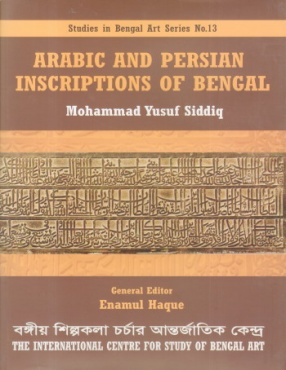
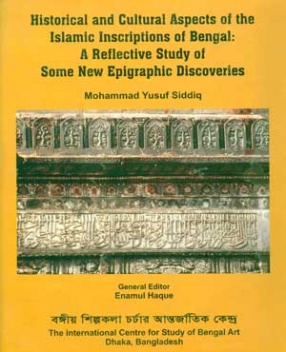
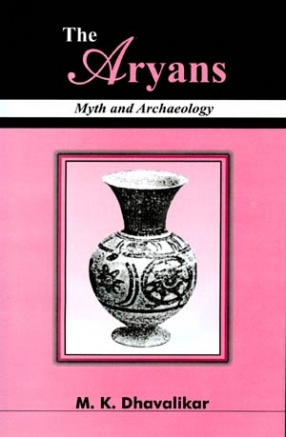
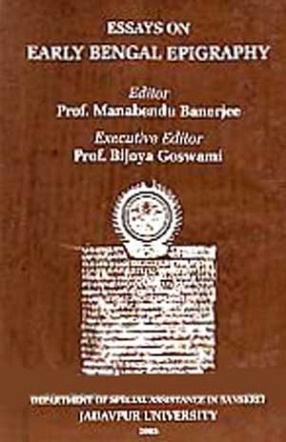

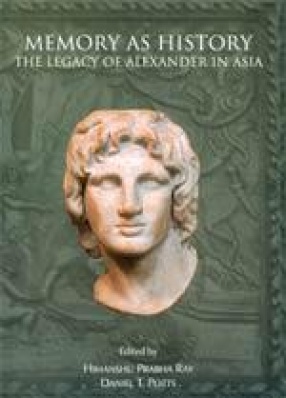

Bibliographic information